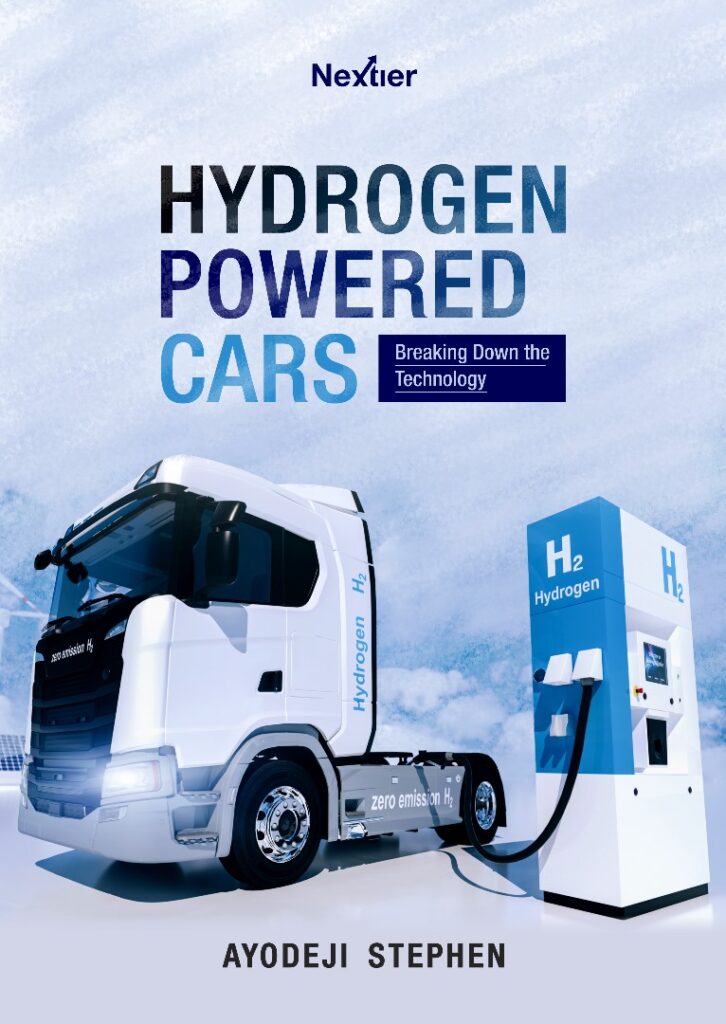
With the world’s increasing focus on sustainable and clean energy sources, hydrogen-powered cars have emerged as a promising technology. These vehicles utilise hydrogen fuel cells to generate electricity, emitting nothing but water vapour as a byproduct. In this article, we will delve into the technology behind hydrogen-powered cars, exploring how they work and their potential impact on the automotive industry.
Hydrogen-powered cars, also known as fuel cell electric vehicles (FCEVs), are powered by hydrogen gas stored in high-pressure tanks. The hydrogen is then fed into a fuel cell stack, where it reacts with oxygen from the air to produce electricity. This electricity powers an electric motor, propelling the vehicle forward. Unlike traditional combustion engines that rely on burning fossil fuels, FCEVs use a chemical reaction that combines hydrogen and oxygen to generate power. This process, known as electrolysis, takes place in the fuel cell stack, which consists of an anode, a cathode, and an electrolyte membrane.
The anode separates hydrogen into protons and electrons, with the protons passing through the electrolyte membrane while the electrons move through an external circuit, creating an electric current. On the other side of the fuel cell stack, the cathode combines the protons, electrons, and oxygen from the air to produce water vapour, the only byproduct of this reaction. The electricity generated by the fuel cell stack powers the electric motor, allowing the vehicle to move.
While the technology behind hydrogen-powered cars may seem complex, it offers several advantages over traditional combustion engine vehicles. One of the main advantages of hydrogen-powered cars is their zero emissions. Unlike gasoline-powered vehicles that release harmful pollutants into the atmosphere, hydrogen-powered cars only emit water vapour. This makes them a highly attractive option for reducing air pollution and combating climate change. Additionally, hydrogen-powered cars have a longer driving range compared to electric vehicles. FCEVs can travel hundreds of miles before needing to refuel, making them more suitable for long-distance travel. Moreover, refuelling a hydrogen-powered car takes only a few minutes, similar to filling up a conventional gasoline-powered car, providing a more convenient experience for drivers.
Despite their numerous advantages, hydrogen-powered cars also face several challenges. One of the main hurdles is the lack of hydrogen fueling infrastructure. Currently, the global count stands at fewer than 500 operational hydrogen fueling stations. With China hosting 250 stations, Japan maintains 161, and the United States has 59 open retail hydrogen stations. This scarcity impedes FCEV owners from readily refuelling their vehicles. Another challenge is the high cost of hydrogen-powered cars. Due to the complex and expensive technology involved, FCEVs are currently more expensive than traditional gasoline-powered vehicles and electric cars. Furthermore, hydrogen production requires energy-intensive processes, which may come from non-renewable sources, leading to concerns about the overall environmental impact of hydrogen fuel [1][2][3].
The availability of hydrogen fueling stations is a crucial factor in the widespread adoption of hydrogen-powered cars. While the infrastructure is still limited in many regions, significant efforts have been made to expand it. Countries like Japan, Germany, and the United States have been investing in the development of hydrogen infrastructure with the aim of creating a comprehensive network of fueling stations[2][3]. As the demand for FCEVs continues to grow, it is expected that the hydrogen infrastructure will also expand, facilitating greater adoption of this technology.
Several major car manufacturers have recognized the potential of hydrogen-powered cars and have invested in developing their own models. Toyota, for example, has been a pioneer in this field with their Mirai model. Honda has also released their Clarity Fuel Cell vehicle, while Hyundai offers the Nexo. These companies, among others, are actively working towards improving the technology and making hydrogen-powered cars more accessible to consumers.
When it comes to sustainable transportation, hydrogen-powered cars are often compared to electric cars. Both technologies offer zero emissions and contribute to reducing greenhouse gas emissions. However, there are some key differences between the two. Hydrogen-powered cars have a longer driving range and faster refuelling times compared to electric cars, making them more suitable for certain applications. On the other hand, electric cars have a more established charging infrastructure and are generally more affordable. Ultimately, the choice between hydrogen-powered cars and electric cars depends on individual needs and priorities.
In conclusion, hydrogen-powered cars hold tremendous potential to revolutionise the automotive industry and transition towards a greener transportation system. While there are hurdles to overcome, ongoing research and government initiatives are driving the growth of this technology. With major automakers investing in hydrogen-powered cars and governments supporting their development, the future of hydrogen-powered transportation looks promising. As we continue to strive for a sustainable future, hydrogen-powered cars have the ability to play a significant role in achieving our environmental goals. So, let’s embrace this technology and drive towards a cleaner and more sustainable future.
References
- Schwelm, G. Hydrogenics fueling installations in Germany, France. Fuel Cells Bull. 2009, 2009, 7.
- Sun, Y., Anwar, M., Hassan, N.M.S. et al. A review of hydrogen technologies and engineering solutions for railway vehicle design and operations. Rail. Eng. Science 29 , 212–232 (2021). https://doi.org/10.1007/s40534-021-00257-8.
- Manoharan, Y.; Hosseini, S.E.; Butler, B.; Alzhahrani, H.; Senior, B.T.F.; Ashuri, T.; Krohn, J. Hydrogen Fuel Cell Vehicles; Current Status and Future Prospect. Appl. Sci. 2019 , 9 , 2296. https://doi.org/10.3390/app9112296